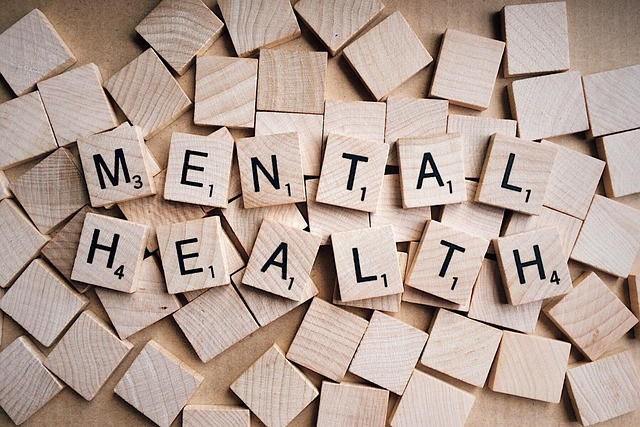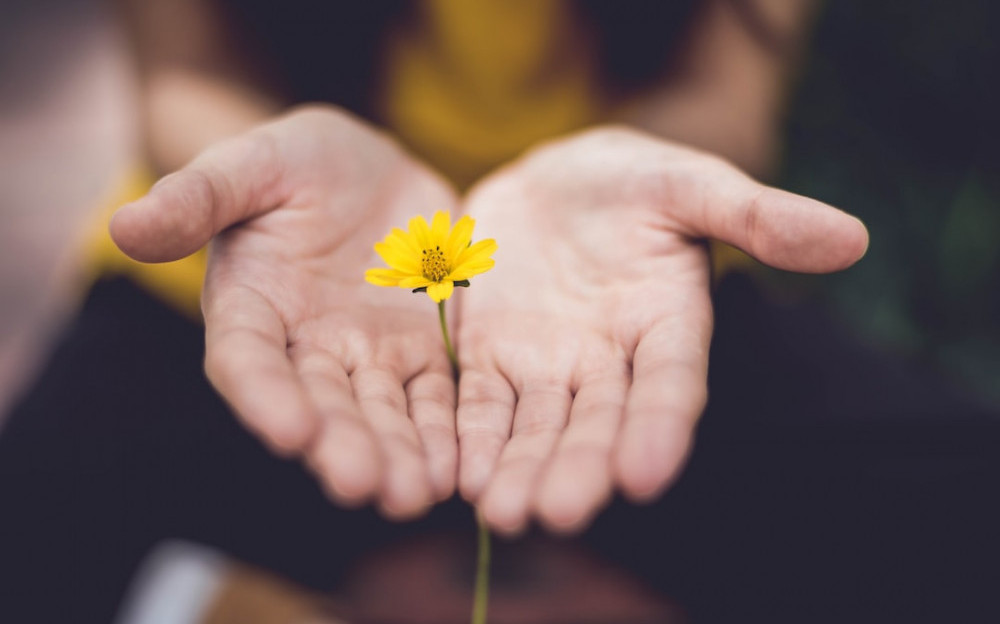Continuing from the previous post on how to begin journaling, this post will delves into the topic of gratitude journaling which is a form of journaling that really made a difference in my life.
There are decades of research that shows how something as simple as keeping a gratitude journal can do wonders for your body and mind. From improving your posture, balancing your hormones, enhancing your sleep, to boosting your mental well-being. It’s a magical thing, but surprisingly, not many people are really doing it, or some might have tried but struggled to stick with it for the long haul.
So, in this post, I want to not only show you how to start gratitude journaling but also help you stick with it and make it a lasting habit that will help transform your life for the better.

How to start gratitude journaling
Why you should practice gratitude journaling
I won’t discuss how to start gratitude journaling without telling you why you have to do it.
I’m sure you’ve heard about the benefits of gratitude journaling a couple of times, so I won’t bore you with that. Instead, I want to share a few recent studies that got me even more excited to apply this habit in my life.
Gratitude Journal’s Effects on Mental Health
The first study is titled “Does Gratitude Writing Improve the Mental Health of Psychotherapy Clients? Evidence from a Randomized Controlled Trial,” conducted by Joshua Brown, Joel Wong, and their teams.
This study involved nearly 300 adults, primarily college students seeking mental health counseling at a university.
At the beginning of the study, these students reported, on average, clinically low levels of mental health.

The researchers split these participants into three groups.
All three got counseling, but the first group also had to write a gratitude letter every week for three weeks.
The second group had to write about their deepest thoughts and feelings about bad experiences, and the third group didn’t do any writing at all.
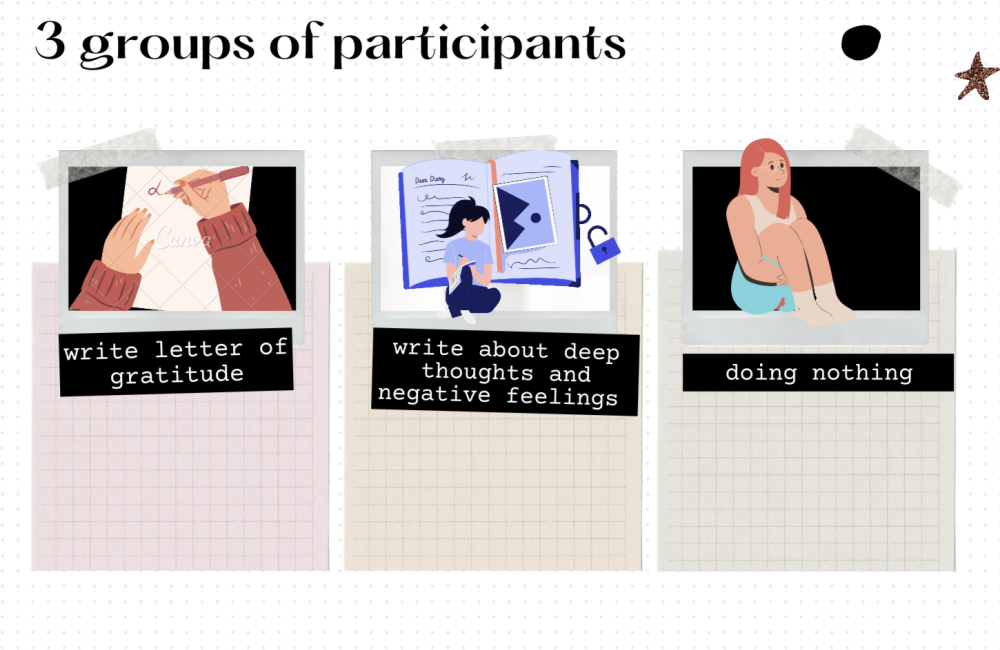
The outcome was that the people who wrote gratitude letters felt much better mentally, even four and 12 weeks after they finished their writing, compared to those who wrote about negative feelings or just had counseling.
Apparently, by incorporating a small gratitude practice, specifically writing in a gratitude journal, they experienced better mental improvement, and the effects even lasted after they had finished the practice.
Gratitude can be a factor in predicting your future physical health.
There is another research study that stuck with me. This may sound surprising to you (and yes, it was to me), but indeed, gratitude can be a factor in predicting your future physical health.

The study is titled “Examining the Pathways between Gratitude and Self-Rated Physical Health across Adulthood.” which tested whether gratitude is a significant predictor of physical health and explored the connection between gratitude and perceived physical health.
This study was conducted on a large-scale survey, involving 962 Swiss participants across various adult age groups (ranging from 19 to 84), with a variety of educational backgrounds and marital statuses.
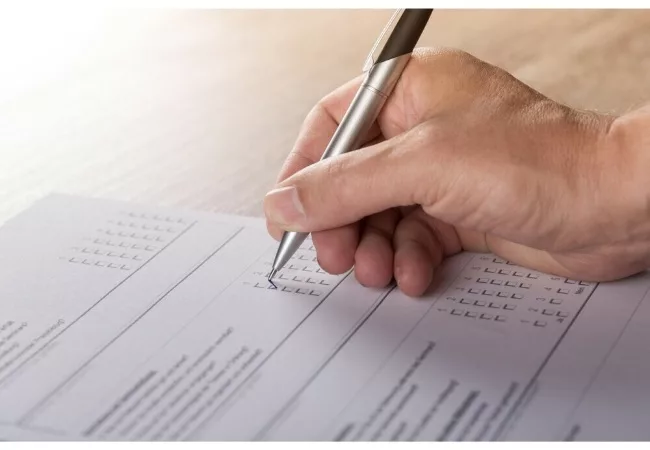
The results revealed a positive relationship between the predictor (gratitude) and the outcome (physical health). Even when controlling for age and other personality traits, gratitude remained a significant predictor for the physical well-being of each individual.
In simpler terms, according to the study, it appears that individuals who are more grateful tend to report better physical health.
Reasons that stop us from being grateful
Even though we are well aware of all the benefits of practicing gratitude, many of us simply don’t incorporate it into our lives. I think there are several reasons for this.
It takes effort:
Adopting a grateful lifestyle and mindset which is different from our usual habits does demand some effort. This explains why even something as simple as writing a few lines in a diary each day can feel challenging and even require commitment.
Therefore, it’s important to allocate a certain amount of effort and commitment to apply these changes to your life.
The negative nature of humans
Human nature tends to focus on difficulties. We also have a tendency to always want more, do more, and have more. We might think that when we have that one million dollars, we’ll be happy, or when we have that boyfriend or girlfriend, then we’ll be happy.
But that’s precisely the mindset of “more, more.” It keeps us from feeling content with the present moment, even though the present moment is all we ever have in life.

We underestimate the power of gratefulness
The fact is that most of us don’t believe gratitude can fix our problems or bring about a change. This might hold true from a short-term perspective, but in the long run, gratitude can truly transform your life. I think It’s important to make yourself to understand about the power of gratitude so you can fully commit to it.
Besides the two studies I mentioned above, I want to emphasize that there are hundreds of research studies on this topic. It’s a scientific fact that gratitude reciprocates in life. The more grateful you are, the more you’ll receive in life.
Gratitude isn’t just something said for cliché or content creation; it’s a scientific fact. The more we understand the power of gratitude, the more committed we’ll be to apply it in our lives.
To better grasp the power of living a grateful lifestyle, here are a few titles that I’ve enjoyed reading and would recommend to you:
- “The Happiness Advantage: The Seven Principles of Positive Psychology That Fuel Success and Performance at Work” by Shawn Achor
- “Gratitude” by Oliver Sacks
- “The Gifts of Imperfection” by Brené Brown
- “I Want to Thank You” by Gina Hamadey.
Why you should stick to your habit of gratitude journal
Another reason many people give up on gratitude journals is that they don’t see immediate results.
Yes, it makes them feel good when they write in the journal, but once the moment passes, they return to their usual routine, and it seems like it didn’t help at all.
But consider this: a mindset and habits built over many years can’t change in just a few minutes.
Things take time. You may not notice it, but in fact, you are changing, little by little, day by day.

Just like the earlier study we talked about, even though the groups didn’t show big mental health differences a week after the writing exercises, the real effects kicked in a bit later.
Those who participated in the gratitude writing activity reported improved mental health compared to the other groups four weeks after the writing activities. What’s even more fascinating is that this positive change in mental well-being became even more pronounced 12 weeks after the writing activities.
So, if you decide to engage in a gratitude writing exercise, it’s important to keep your expectations in check. Don’t get too frustrated and give up early if you don’t experience a dramatic improvement in your mood right away.
How to start gratitude journaling
ow, in this part, I’ll share with you some tips to kickstart your gratitude journal, make it enjoyable, and turn it into a lasting habit that becomes a natural part of your life.
Use gratitude journal prompts
If you find it challenging to start with a gratitude journal, you can use gratitude journal prompts to help generate ideas. One fun way is to create a journal prompts jar, where you can randomly pick one each day to write about.
Here’s a list of a few examples of journal prompts for you:
- Reflect on someone in your life whom you’re thankful for, and describe why.
- Consider the beauty of nature and jot down something in the natural world that you appreciate.
- List three recent achievements or milestones that you’re proud of.
- Write about a difficult situation or challenge you’ve faced and the lessons or growth it has brought you.
- Recount a recent act of kindness you received or performed and how it made you feel.
- Describe a small, everyday pleasure that you’re thankful for.
- Write about a family member and why you’re grateful to have them in your life.
- Reflect on a close friend and what you appreciate about your friendship.
- Consider an opportunity or privilege you have and express your gratitude for it.
- Write about a hobby or interest that brings you joy.
- Share a meaningful quote and explain why it resonates with you.
- Express gratitude for the future you envision and the goals you’re working towards.
- Recall a pleasant surprise or unexpected gift and why it made you grateful.
- Reflect on aspects of your health or body that you’re thankful for.
A Gratitude Jar: The Habit of Collecting Beautiful Memories

This is a great tip I learned from many Youtubers, and when I tried it, it worked wonders for me.
It’s called the gratitude jar method.
Throughout a whole month, I take notes of every moment that makes me smile, feel happy, or brings me joy. Instead of writing them in a gratitude journal, I write them on colorful post-its, fold the post-it notes, and place them in a glass jar.
Then, when the month ends, I set aside a day to sit, meditate, journal, and open them one by one to recall those beautiful moments.
Do it at night
According to Paul Strobl, a Life Coach with many years of experience in training people to practice gratitude, he suggests that the best time to do it is at night.
You can keep a gratitude journal and use it as a replacement for scrolling through your phone before bed. This is a good a way to take a break from your electronic devices before you fall asleep.

It helps you disassociate from your everyday thoughts and daily troubles, and filling your mind with positivity instead. This practice has been proven to assist in getting better sleep and waking up in a better mood the following day.
You should physically write it
Research shows that physically writing down the things you’re grateful for makes them stick in your memory longer and creates a lasting impact on your mind.
When you take the time to write down your gratitude, you engage both your mind and body in the process. This multisensory experience goes beyond just thinking or saying what you’re grateful for; the act of writing creates a stronger cognitive imprint.
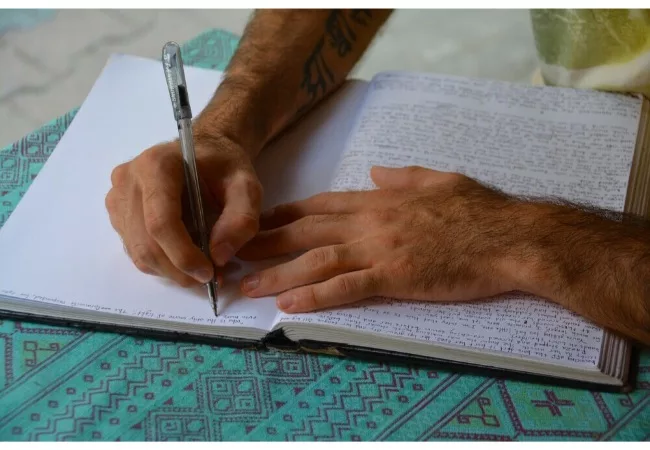
While you can use electronic devices for your gratitude journal, it’s best to use a pen and a notebook for this purpose..
If possible, place your gratitude journal where it’s easily visible.
“Out of sight, out of mind” applies to gratitude journals too.
After you’ve written in your gratitude journal, a simple yet effective way to enhance the positive effects of this practice is to place the journal in a location you frequently visit throughout the day.
By doing so, you’re essentially creating a tangible and visual reminder of the blessings in your life, which can significantly impact your mood and overall outlook.
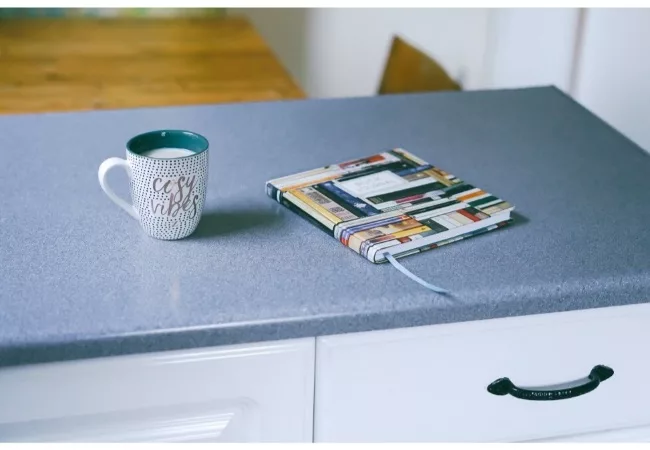
This visual reminder can be particularly effective in diverting your attention away from stressors or negative thoughts, replacing them with feelings of gratitude.
It creates positive feelings when you visit the place and see the gratitude journal, reminding you of the blessings in your life and lifting your mood during the day.
Quality over quantity
It has the best effects when you make your gratitude journal as specific and detailed as possible. In my opinion, when it comes to a gratitude journal, quality is more important than quantity.
You don’t need to write in it every day if that feels exhausting to you.
And you also don’t have to push yourself to come up with at least 5 things each time you write, as many people often advise. Instead of trying to write 5 short, vague sentences, it’s better to focus on just a few simple things and go deep and personal with them.
You can do your gratitude journal once or twice a week and focus on a deeper, more personal of a few things you’re grateful for.

For example, instead of writing, “I’m thankful for my dad for loving me,”
you can write, “I’m grateful for my dad because of his unwavering love. His constant support is evident in the way he waits for me every day after work, cooks my favorite meals, and regularly checks in on me, showcasing his unconditional care and devotion.”
By providing specific examples and details in your gratitude journal, you’re not only acknowledging the things you’re thankful for but also reliving the experiences that generate those feelings of gratitude.
A Few Challenges for you in Gratitude Practice
I find these two challenges very effective in helping you develop the skill of gratefulness. I learned them from YouTube, and I think it would be great if you give them a try to add more fun and challenges to your gratitude journal.
Write down 5 things you’ve learned from anyone who has hurt you, or from someone you don’t really like.
Yes, you may not like someone, but you can still learn something from them or from the connection.

For example, even if someone is disrespecting you and keeps triggering you, there are valuable lessons to be learned in this situation. You can write down in your gratitude journal a few things like:
“I’ve learned that not everyone will like or agree with me, and that’s perfectly okay.”
“It’s an opportunity to define what behavior I will and will not tolerate, reinforcing my self-respect.”
“I’m thankful for the opportunity to learn empathy, even when faced with someone I don’t like.”
“I appreciate the self-reflection this experience has prompted.”
“I’m grateful for the resilience I’ve developed through this difficult encounter. It has taught me how to withstand adversity and emerge stronger.”
If there is someone who keeps reappearing in your gratitude journal, do something for them
When someone repeatedly appears in your gratitude journal, it’s a clear sign that they have had a significant impact on your life.
By taking action and doing something for the person or situation that you frequently express gratitude for, you’re engaging in a form of reciprocity.

In cases where there may have been unresolved issues or past conflicts with the person or situation in question, taking action can provide a sense of closure and healing.
Final words
I hope my post of “How to start gratitude journaling” has inspired you to start off your own gratitude journal.
Gratitude journal is a journey that unfolds the layers of your existence, bringing you closer to your values, empathy, resilience, and a greater appreciation for the uniqueness of every individual and situation in your life.



